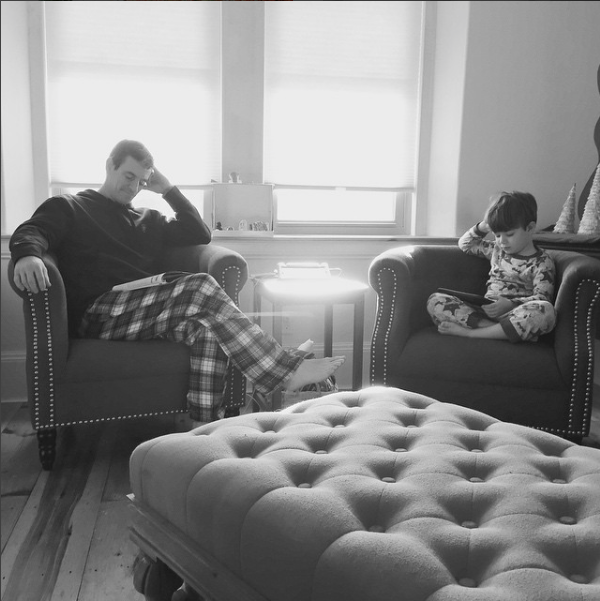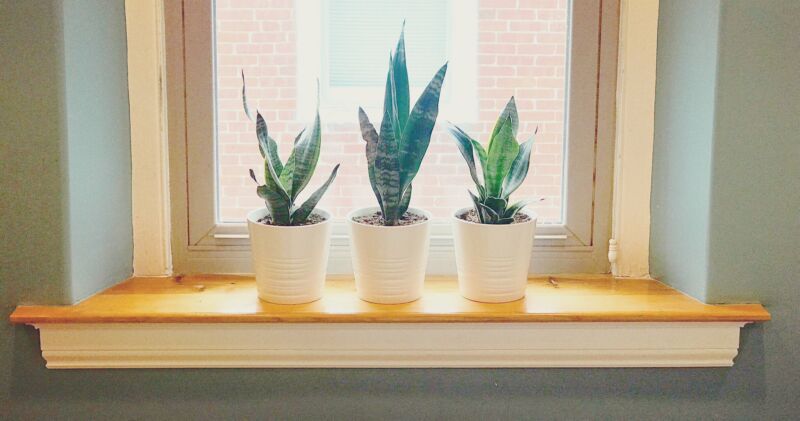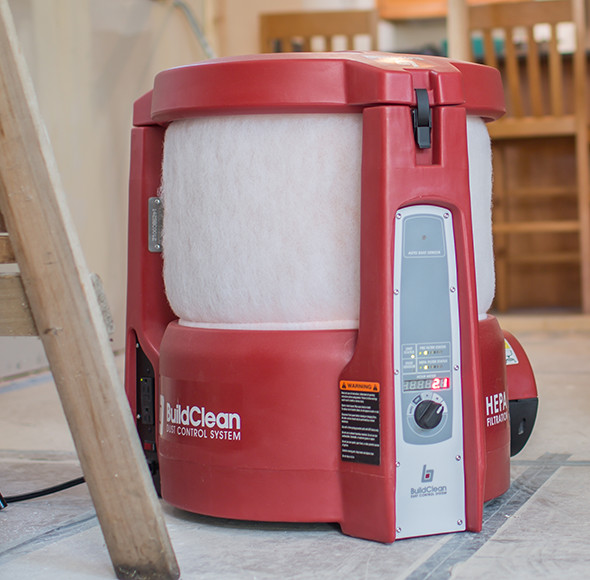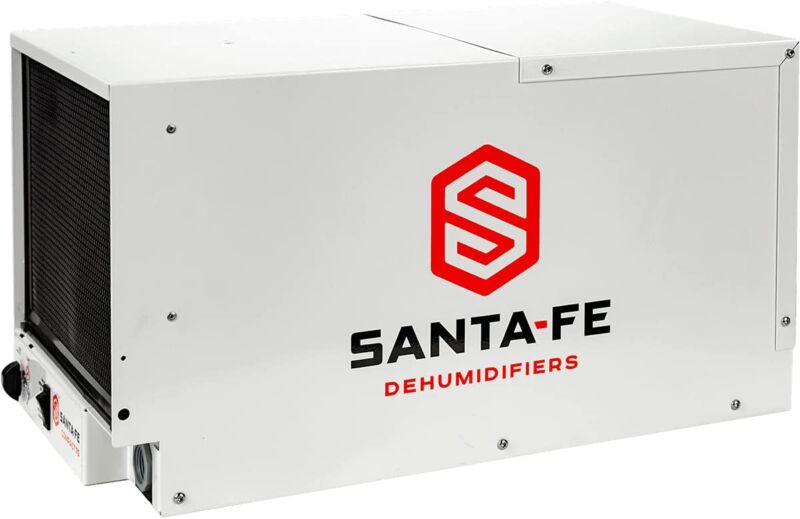Managing ideal indoor air quality can seem like a forever-struggle that’s essential for health and comfort. Even if we achieve ideal air quality, as the seasons change, our activities and actions alter what’s in the air. Seemingly little things like baking holiday cookies, burning candles, or using a humidifier can affect the quality of indoor air.
Ahead, we will look at why the air is different, and how you can fix your indoor air quality.

More time spent indoors.
When it’s colder outside, we spend more time inside. And as the temperature begins to dip between fall and winter, air quality can start to seem like it’s getting worse indoors. The cause is partly that you and your family are creating more dust and dirt, spreading bacteria and other allergens. This can be true of your pets, as well, especially if they have a winter coat, and can spread dander as a result.
We usually notice a difference in the air right after we turn on the heat for the first time. Even with changing the HVAC filter right beforehand, there is lingering dust inside the vents that get pushed out when we turn on the heat.
Our son tends to get stuffy, blowing his nose frequently. You might have a scratchy throat or might wake up with a hoarse throat in the morning, too.
Less (or more) moisture is in the air.
When it’s colder, moisture and humidity levels in the air change. In some spaces, moisture in the air settles in place, and condensation can build up from your heating. All of this can affect air quality over time. As such, you might want to put a dehumidifier in the rooms that are most affected by this. Typically, moist rooms are in a finished basement, especially if there is a shower down there.

Dry air can also be an annoying problem in the winter, and is common in most households. Take the opposite approach with a home humidifier. We use a cool mist humidifier that doubles as an essential oil diffuser to get the added benefit of scent to enhance the space.

Not sure what you need? Here’s how to get a better idea of whether you need a humidifier or a dehumidifier.
The airflow is worse.
When the weather is a lot colder, we’re a lot less likely to leave our windows and our doors open. And then air doesn’t circulate as much, but rather, stagnates and can fill with contaminants in one space. There is also an increase in air pollution from things like cars idling to defrost windows and wood-burning for heat. Plus, it’s also easier to see exhaust when it’s cold.
Improving your airflow, by running a fan or through the help of an air conditioning service company, can make a big difference. Keep the air circulating when you can without having to leave windows open, and bring fresh air into the home when the weather is warm enough.

There are more bacteria and allergens.
If you’re spending more time indoors, it’s more humid, and the air isn’t getting cycled as much, then contaminants, including bacteria, viruses, and allergens, are going to be able to spread much more easily. As such, it’s important to take the time to clean a little more often during the colder months of the year, as well.
We try to use natural cleaning products without heavy chemicals to limit our exposure to possible irritants and to lower our cleaning costs. Plus, cleaners like bleach might make indoor air quality worse since the home isn’t as well-ventilated when it’s cold outside.
Air quality issues can be hard to quantify, but with clues like sniffles and dry skin to tip us off, it can be easy to identify. When you start making changes to improve winter indoor air quality, it can greatly improve comfort and mood. Plus, a healthier indoor environment can potentially reduce doctor visits, too.
About the Author



